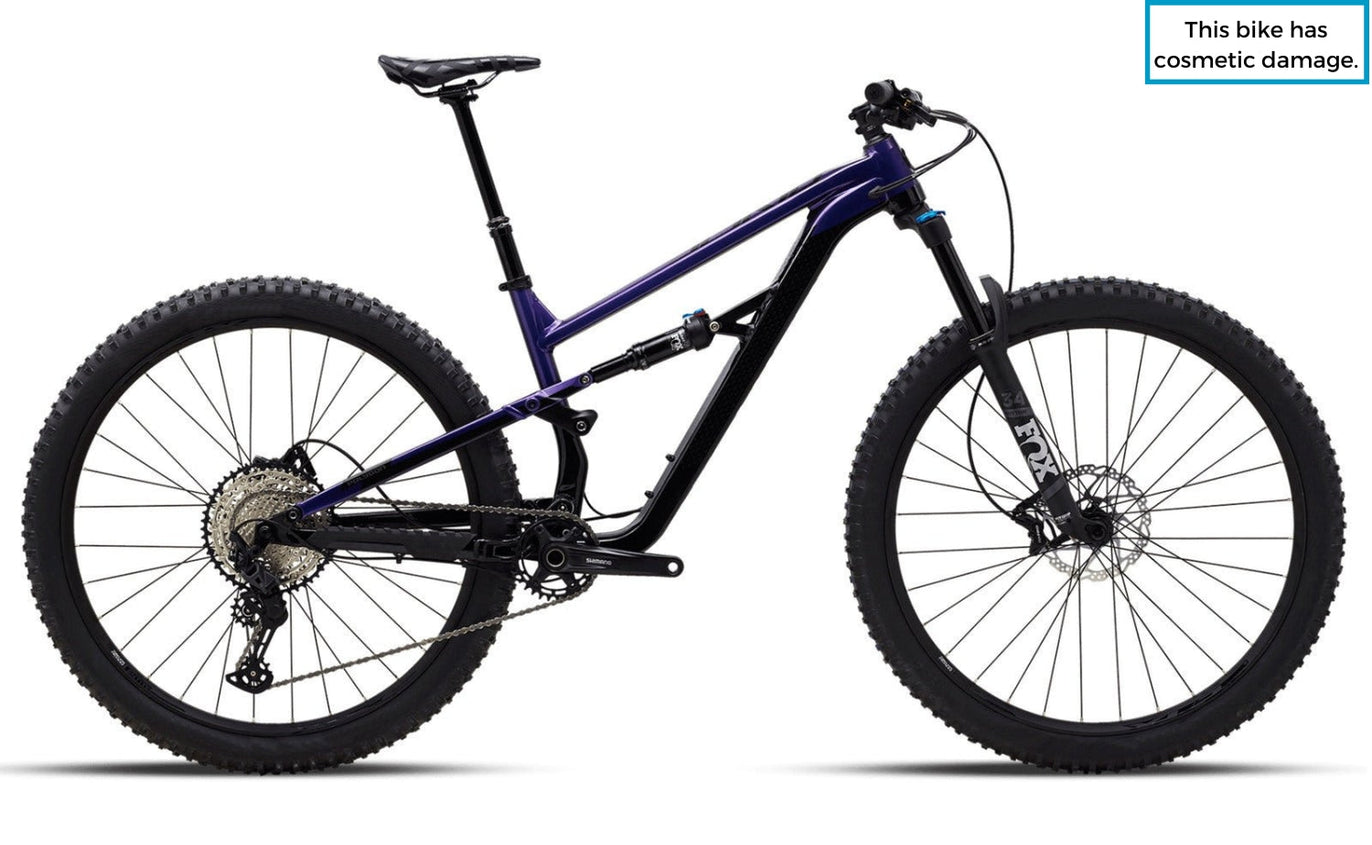Why Choose a Dual Suspension Mountain Bike?

This is arguably amongst the most frequently asked questions here at Bikes Online. Mountain bikes are a great starting point for riders who want to add a touch of adventure and fitness training to their weekends. Add the versatility of a dual suspension mountain bike versus a traditional hardtail mountain bike and you're now thinking about those more technically challenging trails that your mates are always talking about. So, do you really need a dual suspension mountain bike?
THE 4 GOLDEN QUESTIONS YOU NEED TO ASK YOURSELF:
1. How rough are the trails I'll be riding in?
If your trails are rough, a dual suspension is a lot more enjoyable to ride, as you just flow through all the rough sections versus carefully choosing your line with a hardtail.
2. How fast do I want to be on uphills?
If uphill performance is paramount for your riding, a dually might not be the right bike. Pedal bob and the bike’s extra weight will have you work harder to reach the summit.
3. Will I use this bike on roads and paved bike lanes?
Unless your top priority is best possible comfort on a bike, if you plan on riding it on roads and paved bike lanes, the comfort gains are marginal.
4. Can I stretch my budget for a dual suspension mountain bike?
You can get a decent Polygon hardtail for about $1000 or you can get an entry level Polygon dual suspension for the same money. To get the same componentry on a dual suspension, you need to spend at least $300 more than a hardtail.
PROS OF A DUALLY:
- Better handling on technical descents
- Better performance on rougher tracks, both uphill and downhill
- More comfort on longer rides
- Rear suspension will soak up some of your mistakes and keep you rubber side up
- Better rear wheel traction on bumpy uphills
- Better braking performance
- More aggressive design makes you look better on the bike ;)
CONS OF A DUALLY:
- $300 to $500 more expensive when compared to a similar spec’d hardtail mountain bike
- About 1 kilo extra to carry up the hill
- More moving parts means servicing might be more expensive
- Potential pedal-bob if rear shock not set up properly
- Might not be needed for some types of riders
Any other options available?
Yes, you can consider a hardtail mountain bike with 27.5 Plus tyres. Read in full detail what this wheel size is all about here.
In short, if you're looking for a fun bike to ride around, not too worried about performance and can't really justify a dual suspension, the 27.5 Plus gives you better traction, grip and handling on rougher trails.

I want a dual suspension mountain bike. What do you have for me?
Polygon’s range of dual suspension mountain bike starts with the extremely popular Polygon Siskiu D range (D5 and D7). These feature 120mm of travel front and back, lockable fork and shock and hydraulic disc brakes. The more you spend on the bike, the better the components will be, meaning a lighter and more efficient bike.

Next up comes the newly released Polygon Siskiu T range (T7 and T8). These come with 140mm worth of travel front and back, a more slacked riding position better for those though trails and some small to medium size jumps.
Enduro bikes are hugely popular nowadays and the new Polygon Siskiu N range is planned to hit the Australian market by the end of 2017. These will have 160mm of travel front and back, dropped seatposts and all the other bells and whistles associated with this more aggressive riding style.

For pure downhillers, the Polygon XQUARONE and the Polygon Collosus DH are absolute monsters on big mountains, big jumps and big speeds. Not for the faint of heart, these bikes will make you accomplish what you thought was impossible to descend on a push bike.

Bike Review on the Polygon XQUARONE:
If you still have any questions or uncertain if a dual suspension mountain bike is the right choice for you, email us at sales@bicyclesonline.com.au

















































































